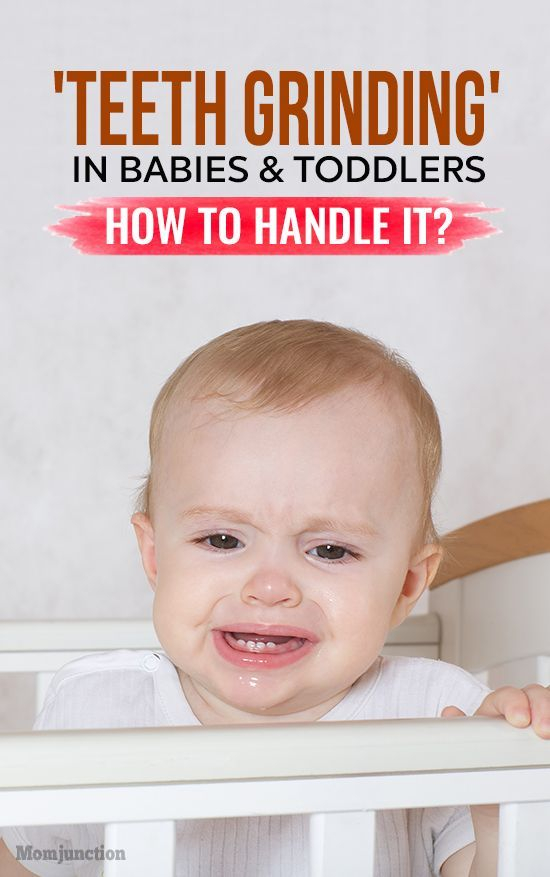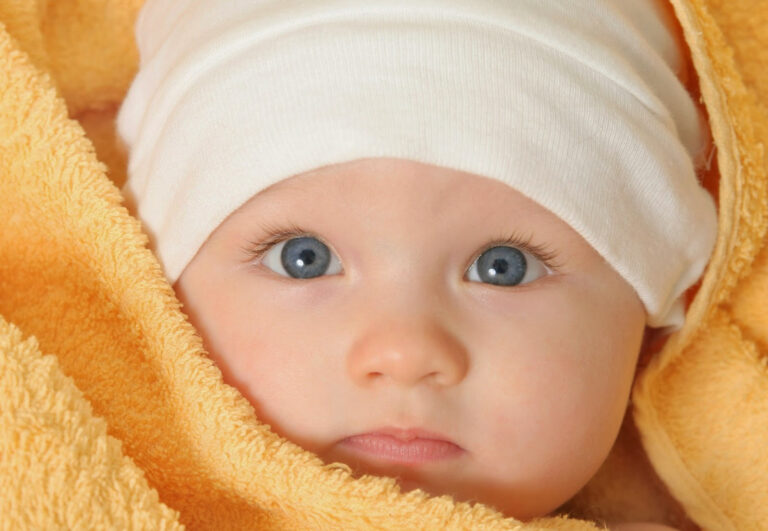When Do Babies Crawl: A Comprehensive Guide
As a parent or caregiver, witnessing your baby reach developmental milestones is always an exciting and heartwarming experience. One of the major milestones that parents eagerly anticipate is when their baby starts crawling. It is a significant step towards independence and mobility, marking the beginning of a new era of exploration for your little one. In this article, we will delve into the fascinating world of baby development and explore when babies typically start to crawl.
Knowledge
Before diving into the specifics of when babies start crawling, it’s essential to understand the developmental progression that leads up to this milestone. Babies go through a series of stages as they grow and develop their motor skills. Initially, newborns have limited control over their movements and rely on reflexes for survival, such as sucking and grasping. As they grow older, they gradually gain more control over their bodies and begin to explore the world around them.
Typically, babies start to show signs of readiness for crawling around 6 to 10 months of age. However, it’s crucial to remember that every baby is unique, and some may start crawling earlier or later than others. There is a wide range of normalcy when it comes to developmental milestones, so it’s essential to focus on your baby’s individual progress rather than comparing them to others.
Before babies start crawling, they usually go through a period of tummy time, where they strengthen their neck, shoulder, and arm muscles. This is an important precursor to crawling, as it helps babies develop the strength and coordination needed to support themselves on all fours. Tummy time also encourages babies to lift their heads and explore their surroundings, laying the foundation for future mobility.
Once babies have mastered tummy time and developed sufficient strength in their upper bodies, they may start to experiment with crawling. At first, their movements may be uncoordinated and awkward, resembling an army crawl or scooting motion. Over time, babies refine their crawling technique and become more proficient at navigating their environment. Some babies may skip traditional crawling altogether and opt for alternative methods of locomotion, such as bum shuffling or bottom scooting.
As babies become more confident in their crawling abilities, they gain a newfound sense of independence and curiosity. They may start exploring different rooms in the house, chasing after pets, or reaching for objects that catch their interest. Crawling not only improves babies’ physical coordination but also enhances their cognitive development by stimulating their senses and encouraging exploration.
Conclusion
In conclusion, the age at which babies start crawling can vary widely, but most babies begin to show signs of readiness between 6 to 10 months of age. It’s essential to support your baby’s development by providing plenty of opportunities for tummy time and exploration. Celebrate each small victory along the way and remember that every baby develops at their own pace.
Parents, caregivers, and educators play a crucial role in nurturing babies’ development and encouraging them to reach their full potential. By understanding the stages of crawling and supporting babies’ progress, you can help them embark on this exciting journey of discovery and growth.
Ultimately, when babies start crawling is just the beginning of a lifelong adventure filled with milestones, challenges, and joys. Cherish each moment and savor the memories as your little one takes their first steps towards independence and exploration. The journey of baby development is a remarkable one, and witnessing your baby reach new milestones is a testament to the beauty of growth and transformation.






